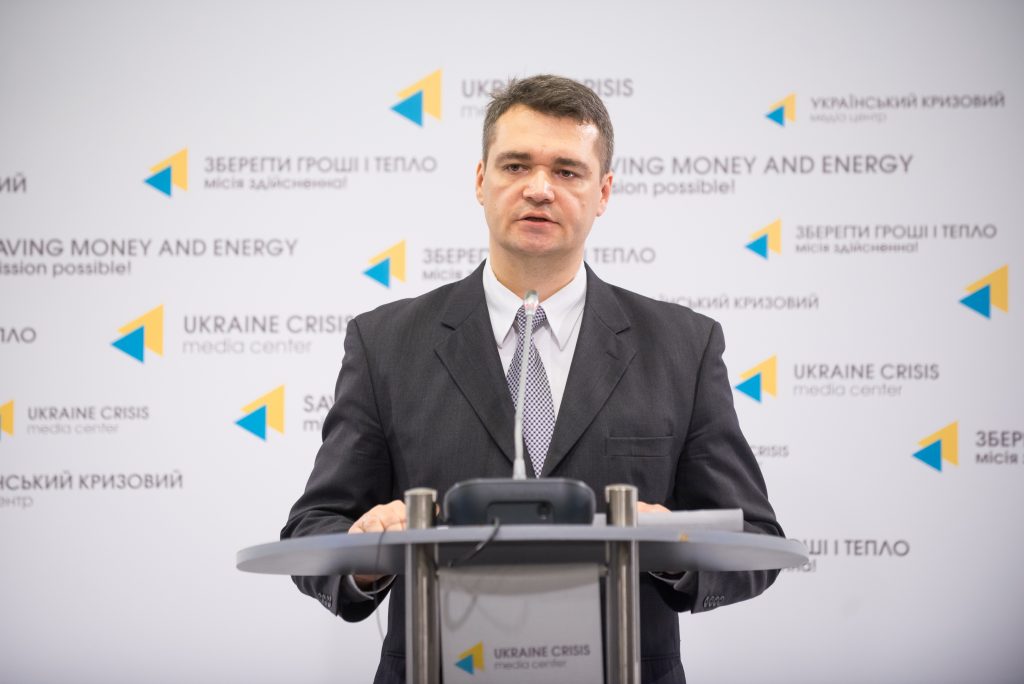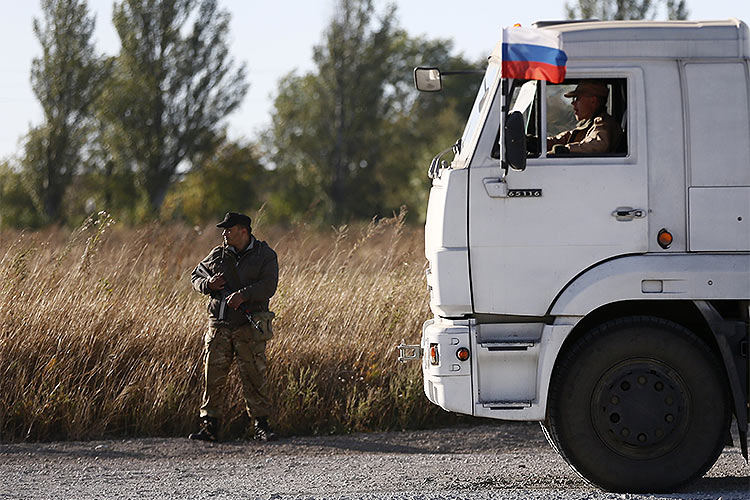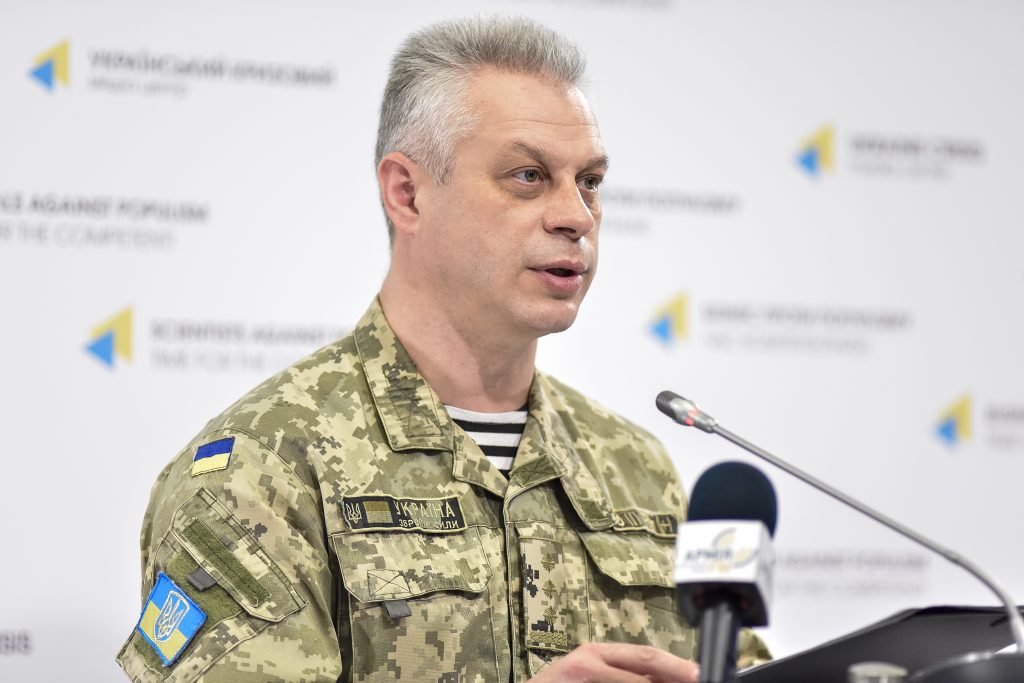Ukraine Day 1253: LIVE UPDATES BELOW.
Yesterday’s coverage of the Ukraine conflict can be found here.
An Invasion By Any Other Name: The Kremlin’s Dirty War in Ukraine
The Ukrainian military reports that 12 of their soldiers were killed and another 20 wounded in last week’s fighting; the most in a long time.
Six civilians, including two children, were also wounded.
Despite heavy gunfire, mortar, and artillery exchanges across the front lines, it appears that the heaviest fighting was on the Mariupol line, in the south of Ukraine near the Black Sea. The Ukraine Crisis Media Center, which has posted a summary of the week’s violence, highlights several incidents in this area:
Last week, the tensest situation was registered in Krasnohorivka. On July 17, invaders opened high-intensity mortar fire against Ukrainian positions not far from the city, having fired 85 mortar bombs just in 3 hours. On July 18, the enemy used Main Battle Tanks to fire at Krasnohorivka. On July 19, positions of Ukrainian Armed Forces came under enemy mortar fire once again.
On July 20, at about 1.30 am Russia-equipped militants initiated a complex fire with mortars and artillery of various caliber against positions of Ukrainian military near Krasnohorivka. Later, at approximately 4 am, two subversive groups of Russia-trained militants (15-20 people), under the cover of enemy artillery, mortars as well as four Main Battle Tanks, advanced to the positions of Ukrainian Armed Forces. Ukrainian troops engaged the enemy and opened direct fire in response, which resulted in ceasing the attack and withdrawal of enemy troops in just a few hours.
On the weekend, enemy troops continued to fire mortars against Krasnohorivka, and occasionally opened fire with grenade launchers at Maryinka and Pavlopil.

Ministry of Defense: 12 Ukrainian servicemen killed and 20 wounded in action last week | UACRISIS.ORG
Last week, the number of cease-fire violations committed by Russia-backed militants ranged between 11 on Friday, July 21st, and 29 on Thursday, July 20th, reported Ukrainian Ministry of Defense spokesman Vilyen Pidgornyy at a weekly briefing held at Ukraine Crisis Media Center.

An Invasion By Any Other Name: The Kremlin's Dirty War in Ukraine
Today, September 17, at 4:00 pm EST the Institute for Modern Russia and the Atlantic Council will co-host the presentation of a new report from The Interpreter titled An Invasion by Any Other Name: The Kremlin's Dirty War in Ukraine prepared by the Liveblog Team. Livestreaming of the presentation can be seen here.
At the Monday morning briefing, the Ukrainian military only reported light fighting across the front over the previous 24 hour period. No Ukrainian soldiers were killed, and only one was wounded over that period.
Again, however, the heaviest fighting was at a well-known hotspot:
In Mariupol sector, militants conducted two rather long small arms attacks in Maryinka and Pavlopil between 19:00 and 22:00. Otherwise, the sector was calm. “No Ukrainian serviceman was killed in action yesterday, but one was wounded in militants’ attack on Maryinka,” reported Ukrainian Ministry of Defense spokesperson on ATO Colonel Andriy Lysenko at a press briefing at Ukraine Crisis Media Center.

Ministry of Defense: One soldier wounded in militants' attack on Maryinka | UACRISIS.ORG
In Mariupol sector, militants conducted two rather long small arms attacks in Maryinka and Pavlopil between 19:00 and 22:00. Otherwise, the sector was calm. "No Ukrainian serviceman was killed in action yesterday, but one was wounded in militants' attack on Maryinka," reported Ukrainian Ministry of Defense spokesperson on ATO Colonel Andriy Lysenko at a press briefing at Ukraine Crisis Media Center.
All of this has many Ukraine watchers wondering when the next shoe will drop.
One interesting note — the late-week surprise attack failed to gain ground, and the relative pause that has followed has had interesting timing. The “Normandy Four” — the peace talks led by French President Emmanuel Macron, German Chancellor Angela Merkel, Ukrainian President Petro Poroshenko, and Russian President Vladimir Putin — spoke today by phone:
Putin in particular seems to be most interested in diplomacy right after the Russian-backed fighters launch major military offensives in Ukraine. Famously, the first Minsk agreement was signed at the end of what is commonly referred to as the “Russian invasion” in September 2014, solidifying more than a month of separatist gains. The second was signed only months later at the height of a second offensive near Donetsk. This matches patterns used by both Russia and its allies in Syria — ceasefires allow Russia and its proxies to secure gains, halt losses, or resupply and buy time. In both conflicts, however, they have not led to a permanent peace.
Tough words coming from the US
The new US envoy to Ukraine, Kurt Volker, a former U.S. ambassador to NATO, has also expressed frustration at Russia’s “hot war” in Ukraine.
Reuters reports:
On a visit to the Ukrainian-held town of Kramatorsk, 690 km (430 miles) southeast of Kiev, Volker said he would prepare a set of recommendations on how Washington can better engage with the peace process.
“This is not a frozen conflict, this is a hot war, and it’s an immediate crisis that we all need to address as quickly as possible,” he said.
[…]
Volker replied in the affirmative when asked whether he saw the conflict as being as the result of Russian aggression rather than internal Ukrainian factors.
“We’ve seen what’s happened, we understand the way this conflict has begun, we understand the way it is being managed today, and that’s why it’s important that the United States become more engaged.”

Russia to blame for 'hot war' in Ukraine: U.S. special envoy
By Natalia Zinets and Matthias Williams KIEV (Reuters) – Russian aggression is to blame for violence in eastern Ukraine, where people are dying in what should be seen as a "hot war" rather than a "frozen conflict", the U.S. special envoy to the Ukraine peace talks said on a visit
So far, however, the tough words of two US presidents have failed to fix the hot-frozen conflict which has slowly burned for three years in eastern Ukraine.
— James Miller